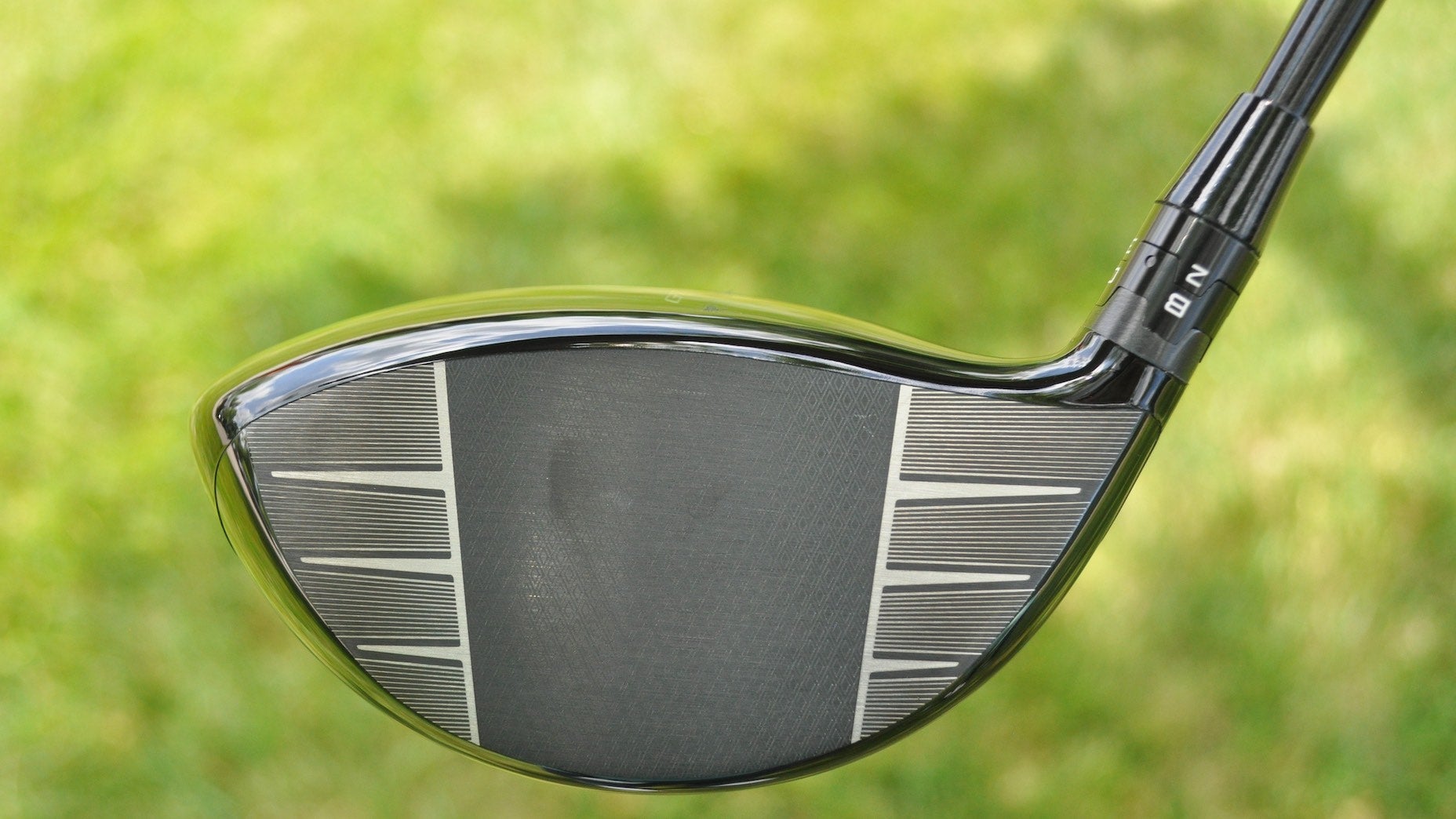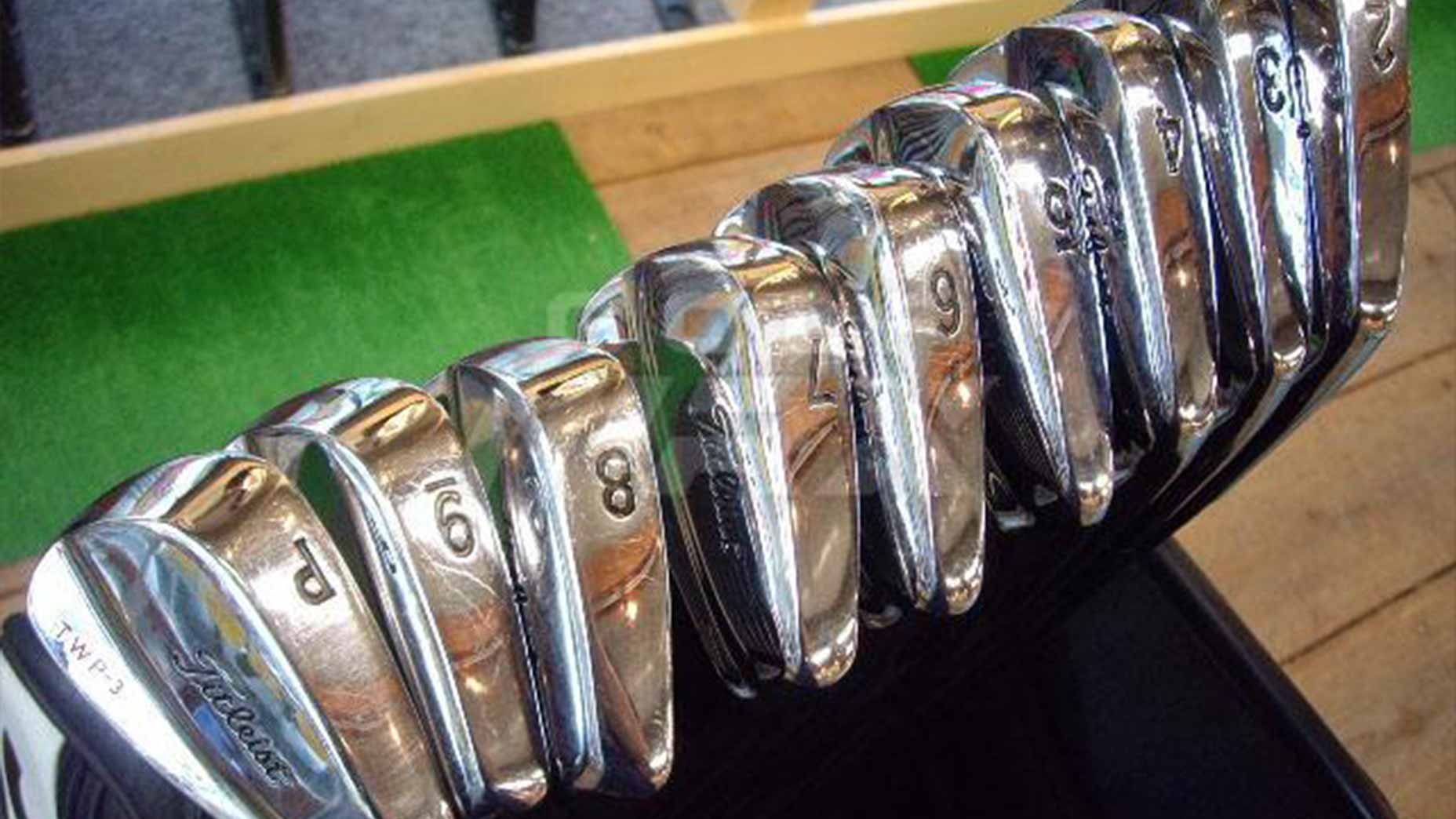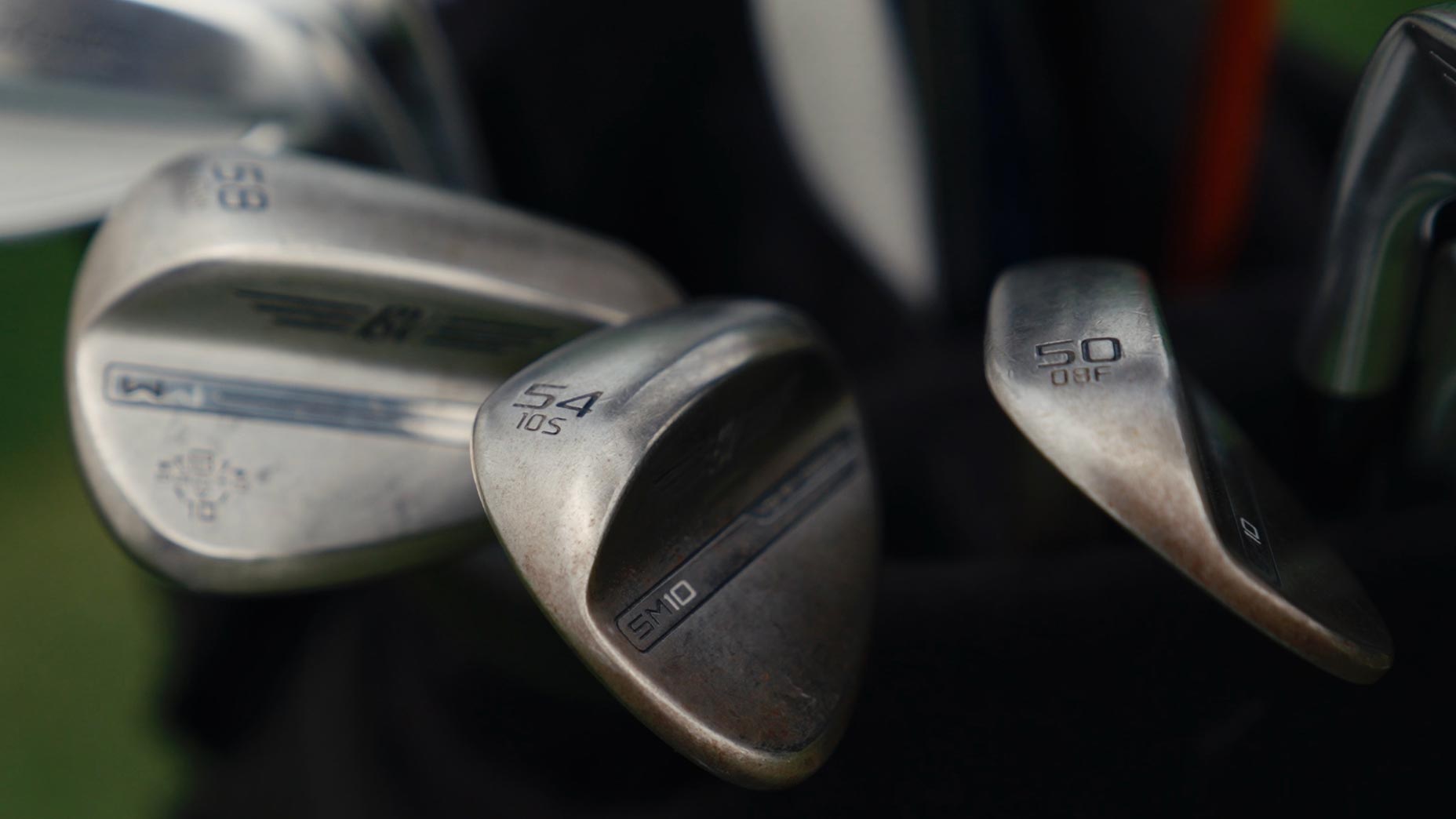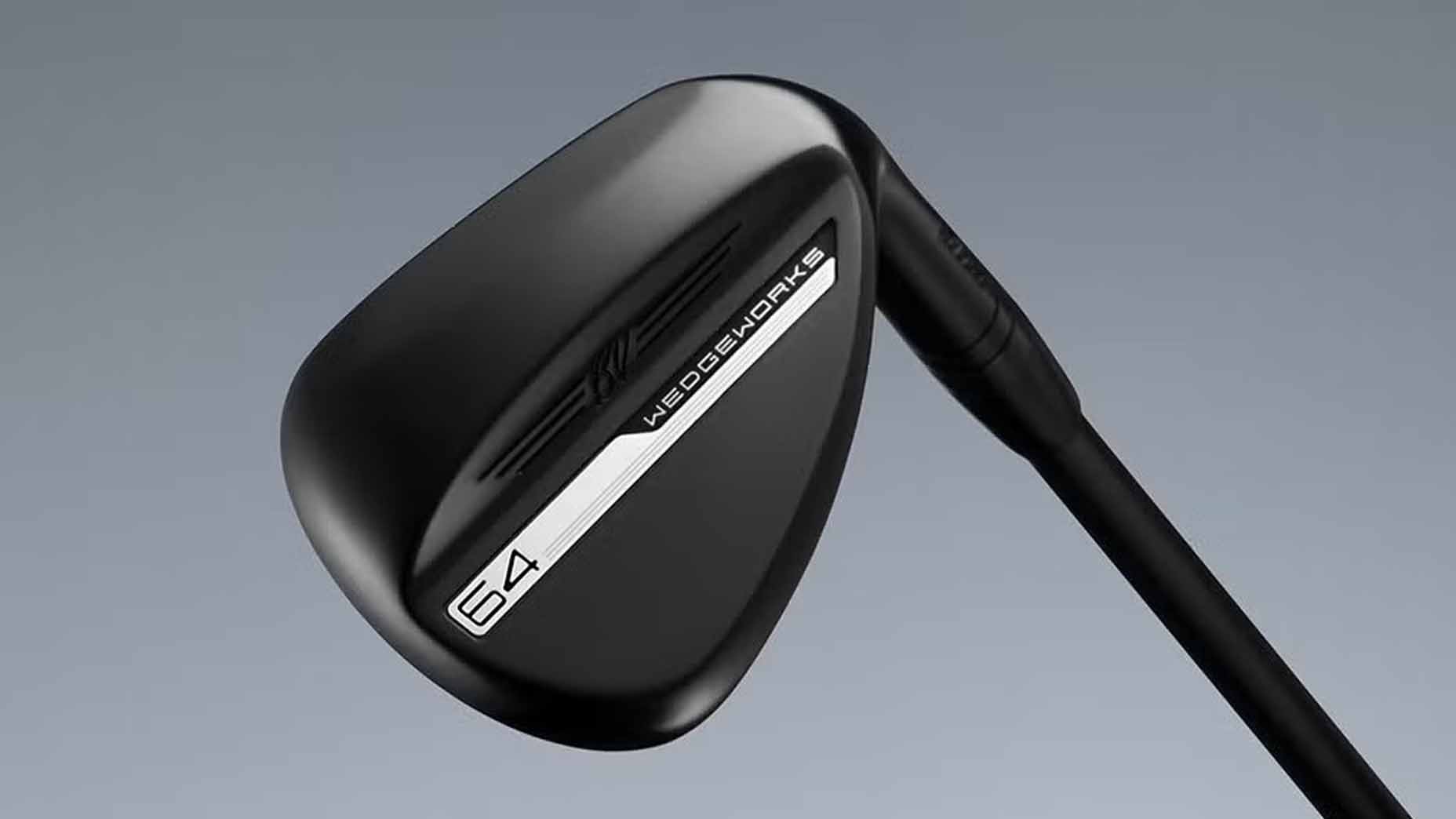If you want to know what gear is trending in professional golf, look inside the bags of the select few untethered to an equipment manufacturer. That’s gearspeak for “free agents.” If you’re willing to play something without compensation, then it’s generally assumed the club beat out all comers during testing. There’s no reason to force a switch.
Testing at the highest level of professional golf takes time. Clubs must be vetted on the course and range before ever gaining a permanent spot in the bag. Of course, some clubs buck the testing timeline.
Last week at the Memorial Tournament, Brandt Snedeker, Denny McCarty and Patrick Rodgers put Titleist’s GT driver straight in the bag. They were three of the 13 to do so ahead of the opening round at Muirfield Village Golf Club. They also happen to be free agents.
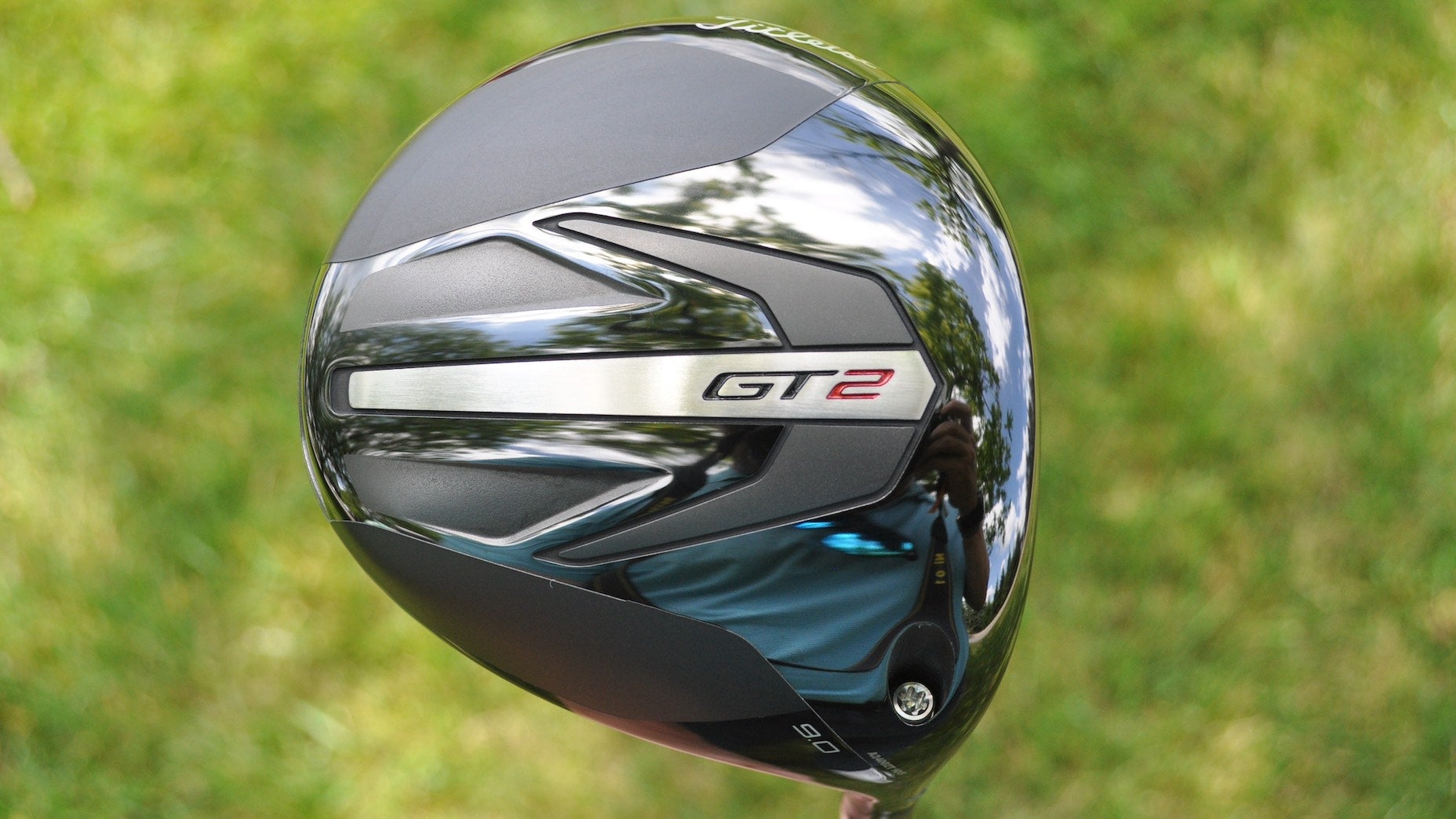
While 13 driver converts might not seem like a significant number, it’s important to point out Titleist saw 18 switch to TSR two years ago at the Memorial — and that was before it turned into a limited-field event.
It’s always difficult to pinpoint club trends when a product has only been around for one week, but it’s safe to say GT is already making waves, even with the minimal sample size. The trend continued this week at the U.S. Open where Adam Scott (a gear “free agent”) and Patrick Cantlay added their names to the list by putting GT2 in play.
The Aussie’s gear habits are well-documented, but the change still raised some eyebrows. A pro rarely feels comfortable enough to change drivers at a major championship, let alone the U.S. Open on a punishing layout like Pinehurst No. 2. For Scott, an extra 2 mph ball speed and a tighter spin delta on mishits sealed the deal.
.@Titleist continues to see new GT converts following last week’s Tour launch at Memorial. Patrick Cantlay and Adam Scott are both switching to GT2 at Pinehurst. pic.twitter.com/z8unteiasu
— Jonathan Wall (@jonathanrwall) June 13, 2024
Cantlay saw similar numbers during testing and felt secure with GT2 to bench TSR2. For someone who rarely changes the clubs in his bag, the switch confirms something we’ve quickly learned about GT since it landed on Tour: The club does a lot of things right for different player types.
“When you have a good thing, you don’t want to wait until the Fall to bring it out here,” JJ Van Wezenbeeck, Titleist’s director of player promotions, told GOLF.com. “We’re seeing better numbers on the misses and positive feedback on the shaping. It’s been incredibly positive so far.”
During testing last week at the Memorial, Billy Horschel witnessed GT’s performance increase first-hand on the range. For Horschel, a low miss tends to increase spin from 2,200 to 2,900 RPMs, leading to a dip in distance in most cases. For someone who currently ranks 93rd on Tour in driving distance, every yard counts when attempting to clear a bunker at 300 yards.
But this particular low miss was coming out of Horschel’s usual launch window (10-11 degrees) with 2,400 spin. (Horschel’s clubhead speed increased from 115 to 116.5 mph and ball speed ticked up from 173-174 to 175-178 during driver testing between TSR3 and GT3.)
“When you have a guy like Rory [McIlroy] who’s cruising in the upper 180s [ball speed], he can carry things 300 yards regardless of whether he’s spinning it 2,200 or 2,800 [RPMs],” Horschel told GOLF.com. “That ball is still going 310-plus yards. For someone like myself who carries it 295, I can carry things at 300 yards, but I have to be able to launch it and have the right spin.”
The performance improvements already seem to be working for Scott and Cantlay. The latter is leading the way at Pinehurst No. 2 as he seeks to win his first major championship.
Want to overhaul your bag for 2024? Find a fitting location near you at True Spec Golf.
